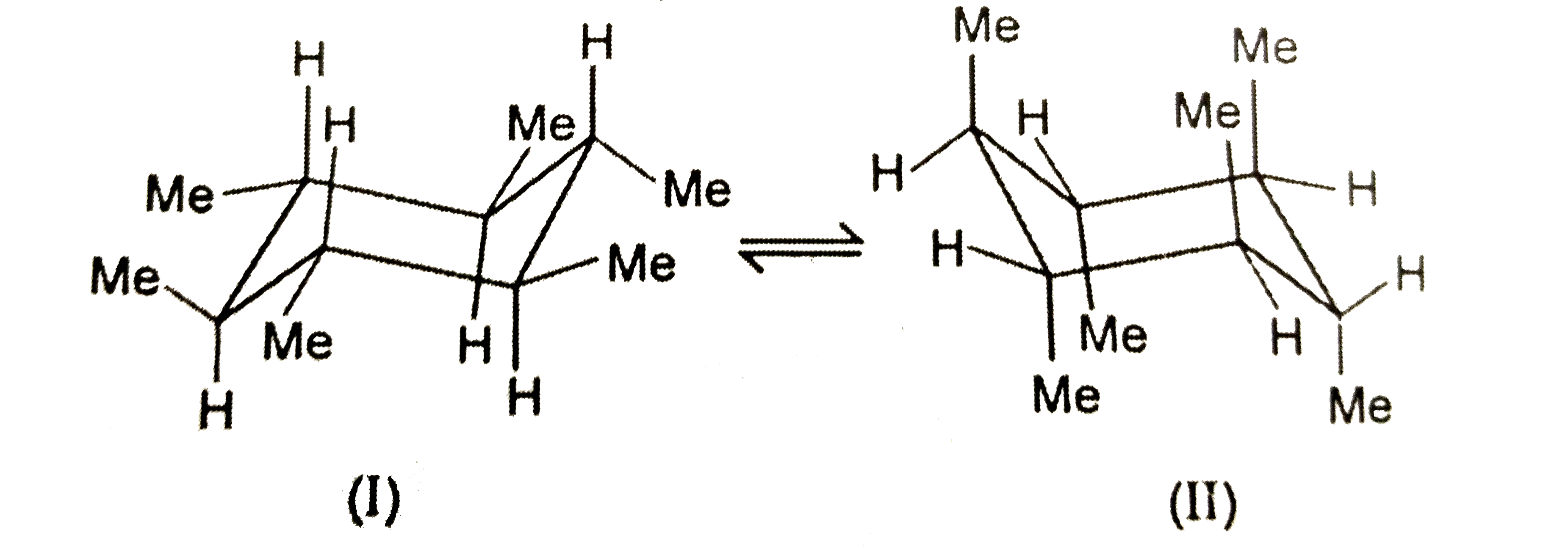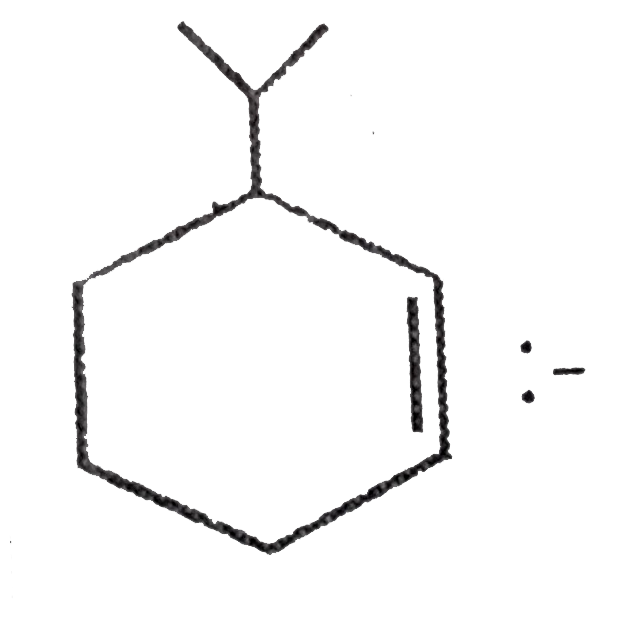Explain why a chelating complex is more stable than unchelated complex.
Step-by-Step Text Solution:
1. Definition of Chelating Complex: A chelating complex is formed when a chelating ligand binds to a central metal atom at multiple sites, creating a ring structure. This multi-point attachment enhances the stability of the complex.
2. Formation of Rings: Chelating ligands, such as ethylenediamine (en), have two or more donor atoms (like nitrogen in amines) that can coordinate with the metal ion. When these ligands attach to the metal, they form a cyclic structure or ring, which is a key characteristic of chelating complexes.
3. Electron Regulation: The formation of a ring allows for better regulation of electrons within the structure. The electrons can be delocalized and shared among the atoms in the ring, leading to increased stability.
4. Increased Force of Attraction: The ring structure created by the chelating ligand results in a stronger force of attraction between the central metal atom and the ligand. This is due to the spatial arrangement and the ability of the ligand to effectively overlap with the metal's d-orbitals.
5. Comparison with Unchelated Complexes: In contrast, unchelated complexes typically involve ligands that bind to the metal at only one site. This results in weaker interactions and less stability compared to chelating complexes, where the multiple bonds and the ring structure provide enhanced stability.
6. Example: For instance, in the complex PtCl2(en), the ethylenediamine acts as a bidentate ligand, forming a stable chelate with platinum. The two nitrogen atoms of ethylenediamine coordinate with the platinum, while the chlorides also coordinate, creating a stable structure due to the ring formation.
7. Conclusion: Therefore, the stability of chelating complexes over unchelated complexes can be attributed to the formation of ring structures, better electron regulation, and stronger interactions between the metal and the ligand.
Topper's Solved these Questions
- COORDINATION COMPOUNDS BOOK - ICSECHAPTER - COORDINATION COMPOUNDS EXERCISE - EXERCISE (PART - II DESCRIPTIVE QUESTIONS) (LONG ANSWER QUESTIONS)
16 Videos
- COORDINATION COMPOUNDS BOOK - ICSECHAPTER - COORDINATION COMPOUNDS EXERCISE - ISC EXAMINATION QUESTION (PART - I OBJECTIVE QUESTIONS)
4 Videos
- COORDINATION COMPOUNDS BOOK - ICSECHAPTER - COORDINATION COMPOUNDS EXERCISE - EXERCISE (PART - II DESCRIPTIVE QUESTIONS) (VERY SHORT ANSWER TYPE QUESTIONS)
67 Videos
- CHEMISTRY-2020 BOOK - ICSECHAPTER - CHEMISTRY-2020 EXERCISE - Question (Answer the following question)
4 Videos
- d- AND- f- BLOCK ELEMENTSBOOK - ICSECHAPTER - d- AND- f- BLOCK ELEMENTSEXERCISE - ISC EXAMINATION QUESTIONS (PART-II)(DESCRIPTIVE QUESTIONS)
15 Videos
Similar Questions
Which one is more stable and why?

View SolutionAssertion Chelates are relatively more stable than non-cheltated complexes
Reason Complexes containing ligands which can be easily replaced by other ligands are called labile complexes .
View SolutionWhich of the following complex is most stable ?
View SolutionGive one example of chelate complex.
View SolutionWhich of the following alkene is more stable than

View SolutionA cyclic complex ion is more stable than an open one. Explain.
View SolutionExplain why p-nitrophenol is more acidic than phenol ?
View SolutionExplain, why is the +2 oxidation state of lead more stable than the +2 oxidation state of tin.
View SolutionIn which of the following pairs A is more stable than B?
View SolutionIn complexes more stability is shown by:-
View Solution
